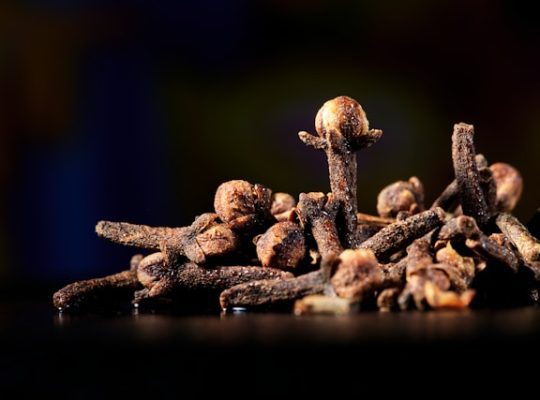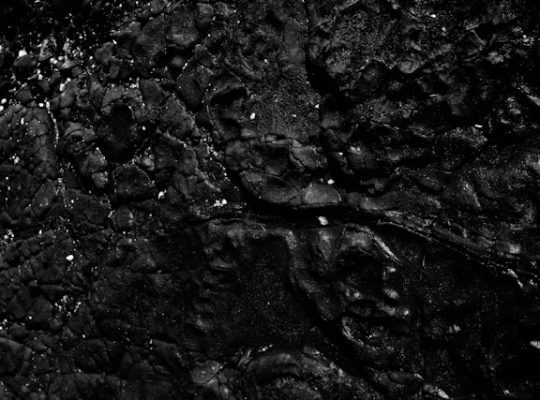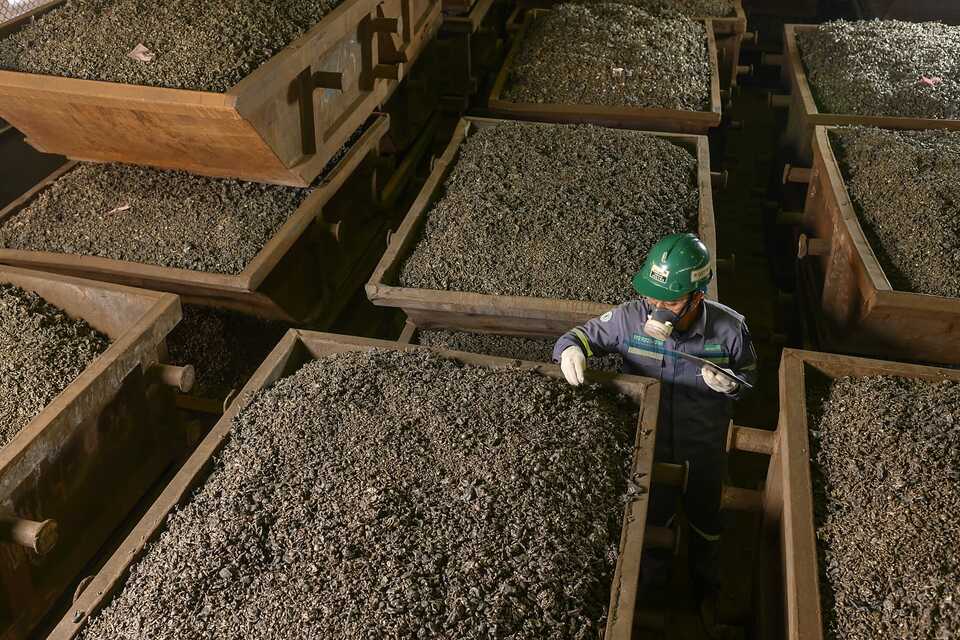Indonesia stands out as one of the leading nickel producers globally. In 2021, the country contributed approximately 30.4% to the world’s nickel output, with a remarkable production of 1 million metric tons. According to reports from indonesia.go.id, Indonesia is responsible for 37% of the global nickel supply, boasting registered nickel reserves of about 21 million tons of pure nickel. From January to August 2022, the nation’s nickel exports reached an impressive USD 12.5 billion.
Historically, Indonesia’s rich nickel ores have included varieties like limonite and saprolite, containing nickel concentrations ranging from 0.6% to 2.23%. Saprolite ores contain a higher percentage of nickel, while limonite ores have a lower nickel content but include other valuable minerals, such as cobalt.
Currently, Indonesia has enhanced its nickel processing, leading to the production of several important derivatives essential for various industries. These products include Ferronickel (FeNi), Nickel Pig Iron (NPI), Nickel Matte, Mixed Hydroxide Precipitate (MHP), Mixed Sulfide Precipitate (MSP), and Stainless Steel. Here’s a breakdown of these derivatives:
- Nickel Pig Iron (NPI): NPI, contains less than 15% nickel and has higher sulfur and phosphorus levels compared to ferronickel. Originating in China in 2005, NPI’s production includes melting in furnaces mixed with coke, sand, and gravel aggregates. These mixtures are first pelletized, calcined, and sintered before furnace insertion.
- Ferronickel (FeNi): Comprised of 80% iron and 20% nickel, ferronickel is derived from the smelting reduction of oxidized or silicate nickel ores. It is primarily used in the steel manufacturing industry. According to antam.com, processing saprolite ore into ferronickel involves drying, crushing, heating, and adding materials to reduce acidity.
- Nickel Matte: According to various studies, nickel matte is a sulfide compound achieved via pyrometallurgy (matte smelting) from laterite minerals. It essentially serves as a key raw material for nickel sulfate used in battery precursors. Nickel matte contains around 78-80% Ni, 0.5-1.2% Co, and 18-20% S, and can produce nickel salts through leaching at room temperature using ammonia and ammonium nitrate solutions.
- Mixed Hydroxide Precipitate (MHP) and Mixed Sulfide Precipitation (MSP): Key components in lithium battery manufacturing, these materials result from hydrometallurgical processes. MHP, a mix of nickel and cobalt hydroxides, contains 34-55% nickel and 1-4.5% cobalt. MSP, made through High Pressure Acid Leaching of hydrogen sulfide, typically holds around 55% nickel.
- Stainless Steel: Composed of iron alloy with at least 10.5% chromium, stainless steel forms a corrosion-resistant protective layer through the oxidation of chromium. This material also includes ingredients like silicon, carbon, nickel, manganese, and nitrogen and is used broadly in aviation and domestic appliances.
By advancing these derivatives, Indonesia not only strengthens its position in the global commodities market but also enhances its technological footprint in critical industrial sectors.


















